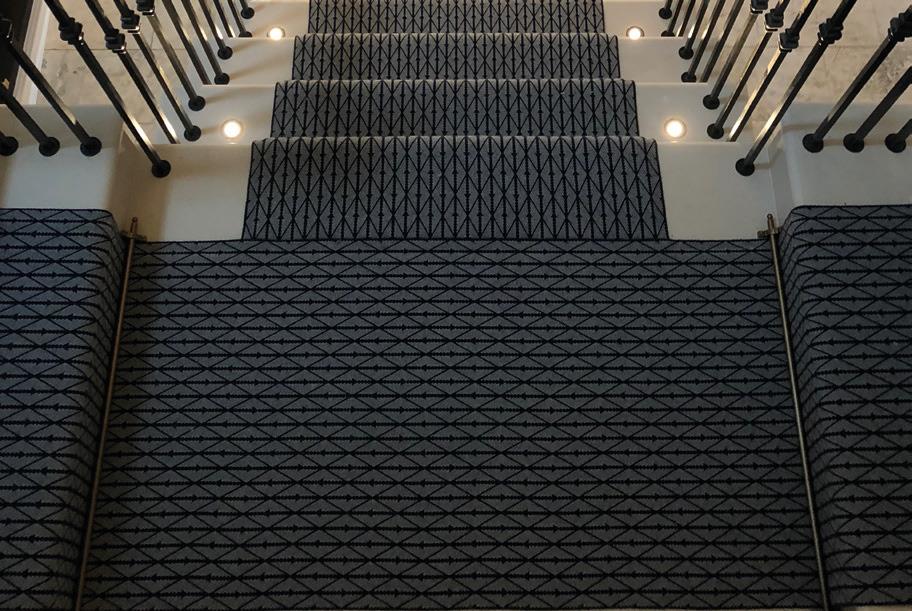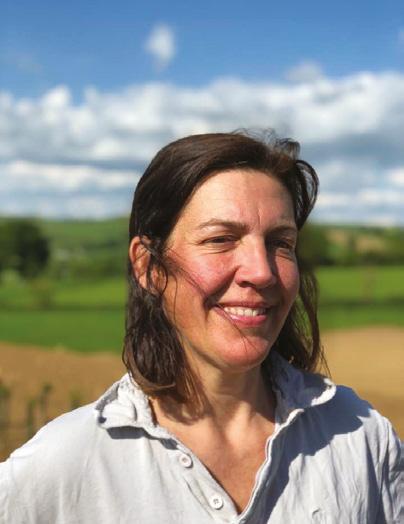
3 minute read
THE WORKHOUSE
Poverty has always aroused conflicting emotions. Compassion and concern on the one hand, and sadly, contempt and condemnation on the other. In mediaeval times care of the poor was undertaken by the church, and a portion of the Tithes was to be set aside for these unfortunates. Hospices were founded, and monastic houses would take in the sick and the destitute. When these foundations were dissolved during the Reformation, the responsibility fell on the parish. During Elizabethan times each parish would care for its sick and ‘aged poor’ with relief in cash or kind, whilst the ‘idle poor’ would be set to work - the origin of the poorhouse or workhouse.
Between 1735 and 1749, the Abbey Priory had served as the workhouse, and between 1750 and 1814 the old town map shows the ‘Parish Poorhouse’ on the site now occupied by The Digby Tap public house. So good people, do remember that fact the next time you are in The Tap sipping your drink! This of course fascinated me, so I decided to explore poorhouses and workhouses in Dorset, and in particular Sherborne, Cerne Abbas and Sturminster Newton.
Advertisement
By the early nineteenth century, the population of Dorset had increased and everything to help with the poor came under enormous pressure and strain. The return of soldiers from the Napoleonic Wars, the Industrial Revolution and the Swing Riots, all led to a massive increase in the numbers of ‘the able-bodied’ poor, all draining the funds of the Parish Relief. In 1834 the new Poor Law Amendment Act was pushed quickly through Parliament in the hope that it would promote much more efficiency and a greater economy. This new law gave power to each parish to form ‘unions’ and to set up institutions known as ‘workhouses’. This was meant to reduce the amount of money given to the paupers (the very poor) by placing them in the workhouse and to reduce the number of paupers applying for relief. The Victorian authorities viewed poverty as a result of laziness, drunkenness and vice. This mistaken belief, that the able-bodied poor were idle from choice, led to life in the workhouse being made so unpleasant that no one would want to work there. Often people were separated from their families and were fed so little that many were literally starving. It was a word that terrified and as I was growing up in the 1950s, I remember my parents and my grandparents, even then, treating the word ‘workhouse’ as one to be avoided, or at least spoken in hushed tones. It was only the introduction of state pensions in 1909, and subsequently, the introduction of National Insurance in 1911, that ended the working person from being forced by sickness or old age to enter the workhouse. But it was not until 1929 that the workhouse system was officially abolished. These prison-like buildings were a constant reminder to the people of Dorset of the harsh treatment for the failure to support oneself and one’s family.
So how was it for Victorian Sherborne? In 1837 the Union Workhouse was built to accommodate up to 240 people. It was erected on a site, to the west of the town, chosen by the Guardians because ‘It was conveniently placed and was open to the air and to the sunshine, and well supplied with water’. This large building was built from local Sherborne stone and was on the corner of Lower Acreman Street. The entrance block, which was on the Horsecastles side, had an imposing three-story entrance. But it was demolished in 1938, just before the outbreak of the Second World War. The Guardians Minutes from 1836 to 1930, can be viewed in the Dorset Record Office in Dorchester. Some photographic slides are held in the Sherborne School Archives (with permission from the School Archivist) showing the building just before and during its demolition in 1938. The site was levelled and put to use as a park for military vehicles, and later covered in Nissan huts to accommodate American troops. A local friend of mine has told me that her father remembers the Camp Mascot, a live black bear that was tethered by a chain to a tree. A small part of the original building does still remain and is now incorporated as the front portal of Westcott House, one of the boarding houses for Sherborne School. It stands opposite the site of the Union Workhouse in Horsecastles. After the war, in 1946, the site was redeveloped into a totally modern style of cottage community housing.
Specialist Matthew Denney









